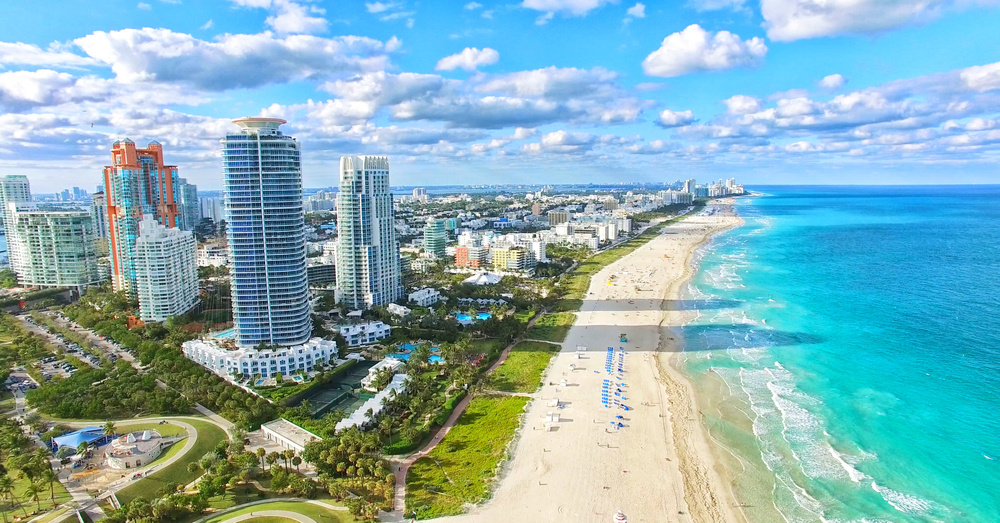(305) 748-5472 | Follow Me On:
(305) 748-5472 | Follow Me On:
With its tourism industry and booming condominium market, Miami is home to a wide array of cultures, businesses and research institutes. As one of the largest urban areas in the country, navigating Miami’s real estate market can be confusing. The following housing data was sourced from realtor.com. If you’re planning on moving to Miami, here are a few facts you should know about the city and its real estate market:

Comprising 35 square miles of land and more than 400,000 residents, Miami is one of the most densely populated U.S. cities. Although Miami is well-known as a beach destination, most of the area’s beaches are actually located in the city of Miami Beach, which consists of 7 square miles of natural and manmade barrier islands. Most of the Miami-area resorts are located in Miami Beach about a mile east of Miami. Besides being a popular vacation destination that attracts more than 15.5 million visitors annually, Miami is home to Fortune 500 companies, a large concentration of international banks and several major Spanish-language TV networks.
Miami’s culture is heavily influenced by its large Hispanic population, most of which comes from nearby Cuba or other Caribbean islands. As of the 2015 census, about 51 percent of the Miami area population spoke Spanish. The city even has its own dialect, sometimes called the “Miami accent,” that developed as the result of unique cultures mixing over the years. The clash of cultures in Miami also helped invent a new type of cuisine dubbed “Floribbean,” which is a mix of American and Caribbean cooking styles.
Miami is the county seat of Miami-Dade County, a 2,431-square-mile area that extends to Florida’s southern tip. The Miami metro area is the fourth-largest urban area in the U.S. with about 5.5 million residents. Because of its many residents, traffic is often cited as an inconvenience for residents. Fortunately, Miami has 25-mile dual-track Metrorail system that runs from downtown Miami to Miami International Airport, as well as north and south of the downtown area.